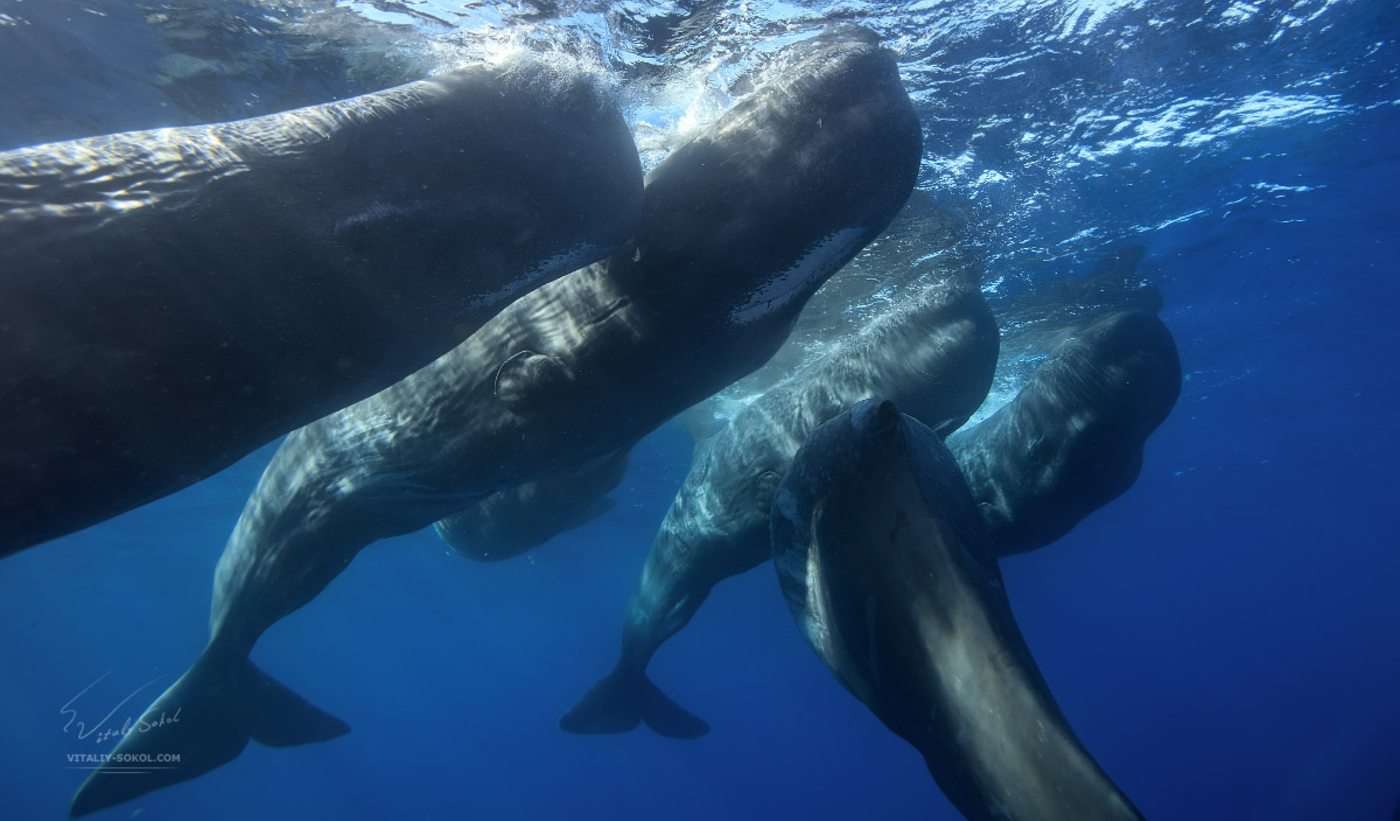Watch the Moment an Endangered Baby Giraffe is Born With Majestic 6ft Drop to the Floor
Watch dramatic footage capturing the birth of a Rothschild's giraffe, falling more than 6ft (2m) to the floor at the Chester Zoo.

Greek scientists have developed technology to pinpoint a sperm whale's location to within 40 meters of its 16 meter-long body by tracking the whale's clicks.
Through the course of their work, they stumbled upon a fascinating phenomenon that allowed such technology to track their position in vertical, as well as horizontal marine space.
Ship strikes are responsible for half of all the deaths of Mediterranean sperm whales, a genetically-distinct population from those in the world's oceans, and which are endangered.
Emmanuel Skarsoulis, research director of Greece's Foundation for Research and Technology–Hellas, and his colleagues sought to reduce these ship strikes by creating an early warning system that would alert passing vessels if their course was going to intercept a surfacing whale.
Their answer was the "System for the Avoidance of Ship-Strikes with Endangered Whales" (SAvEWhales). It consists of a trio of buoys floating above the Hellenic Trench in the Mediterranean where whales love to dive deep in search of prey.
Suspended 100 meters below the buoys are hydrophones which pick up the clicking sound the whale's use to locate prey. Based on the strength of volume, and the time it took for one click to reach each of the three hydrophones, Skarsoulis' technology was able to estimate how far away the click originated.
But it was in the course of working on this software that Skarsoulis and his team realized something else—the clicks ended up constantly echoing off something, which they eventually discovered was the surface of the water.
Harnessing the characteristics of the echo gave the researchers a vertical and horizontal bearing of the whale's click, greatly improving the positioning estimations to within 900 meters depth, and 10 kilometers in radius from the buoys.
SAvEWhales isn't foolproof. It can't differentiate between individual whales traveling together, nor can it pick up the location of singing whales like the Mediterranean fin whale which is also endangered and at risk of ship strikes. Finally the buoys are vulnerable to stormy weather.
Still, understanding that perfection shouldn't be the enemy of usefulness, passive whale detection is a relatively inexpensive and can protect at least one of the endangered whale species from ships transiting across areas they are known to heavily frequent, such as the Hellenic Trench.
CLICK About This Good Whale-Saving Device On Social Media
Be the first to comment